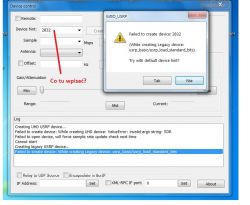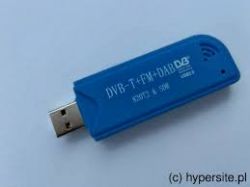Colleagues, what amplifier do you suggest for the rtl-sdr tuner

Czy wolisz polską wersję strony elektroda?
Nie, dziękuję Przekieruj mnie tamneo386 wrote:And you could recommend a "good" antenna that works in the full frequency range (bandwidth is about 860MHz) that can be received with such a tuner: "RTL-SDR - an SDR receiver from a cheap DVB-T tuner on a USB port" .The best amplifier is a good hihihi antenna

endriu2712 wrote:Colleagues, what amplifier do you suggest for the rtl-sdr tuner
neo386 wrote:... But what is interesting to perceive outside the amateur bands? ..

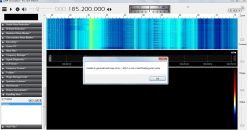
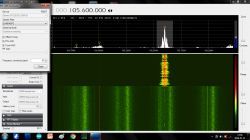
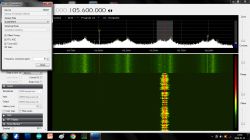

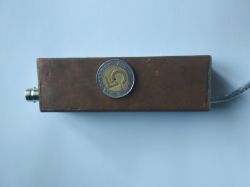
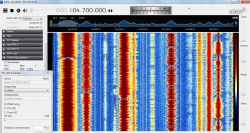

Sumar wrote:On this simple device, I am currently receiving the PR1 at 225kHz with SNR down to 40dB
Sumar wrote:I have an ordinary 80m - 2x19.5m dipole
Sumar wrote:On the NE612 I had to use a gain (SDR Sharp) of 28dB. There is no need to overclock at all on the ADE-1 - 0dB is enough.
